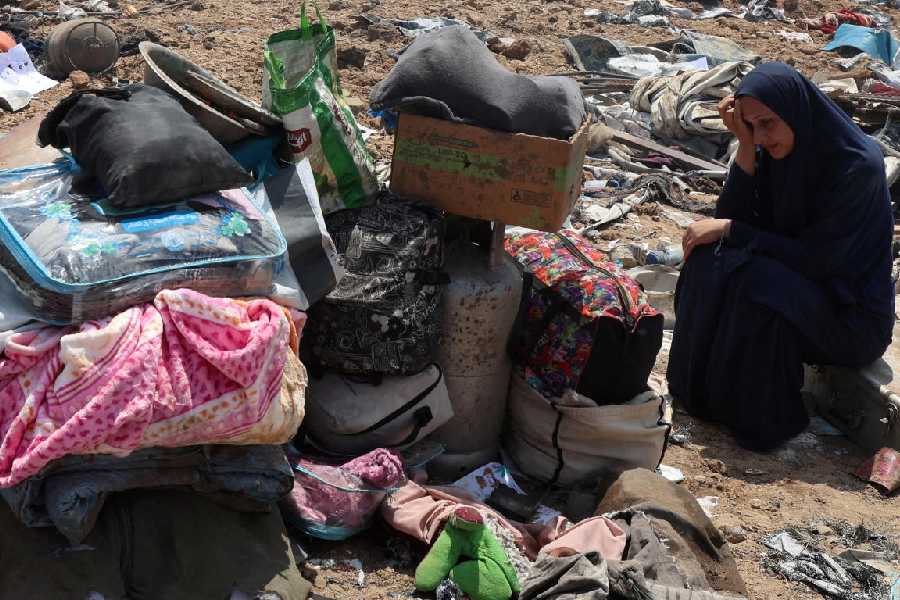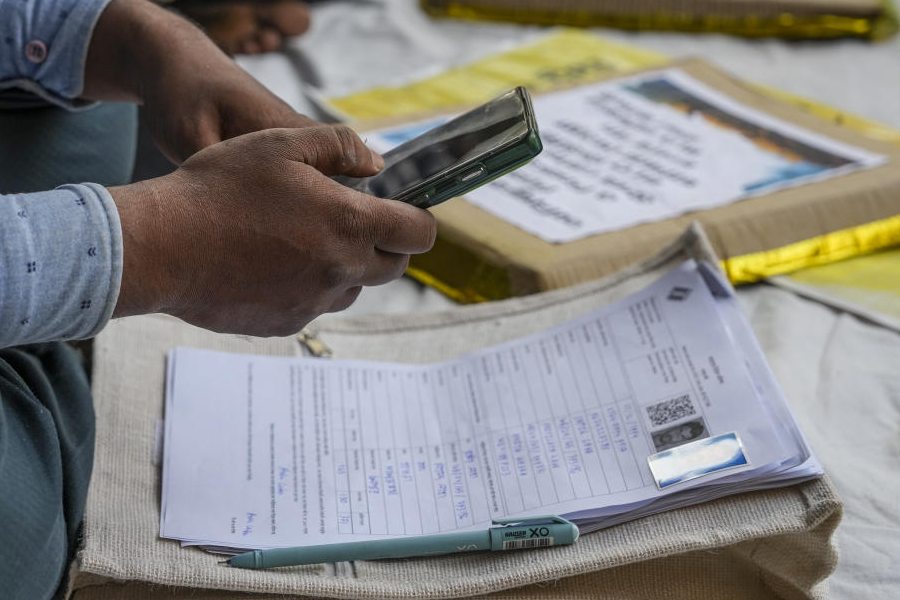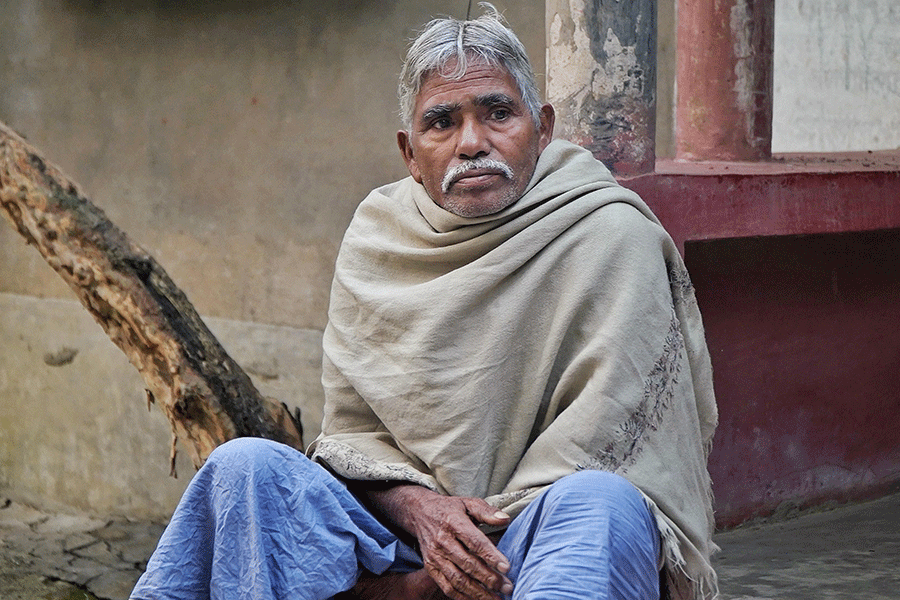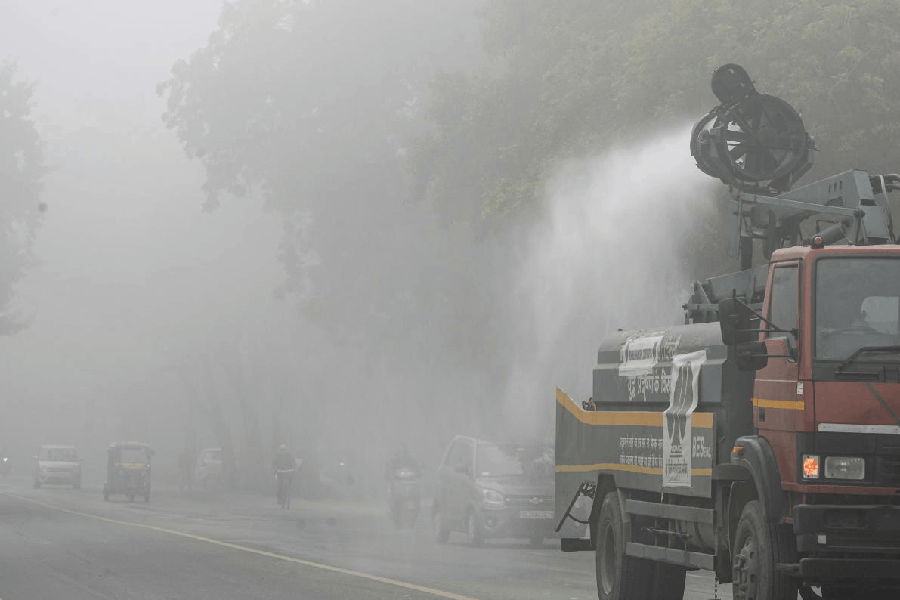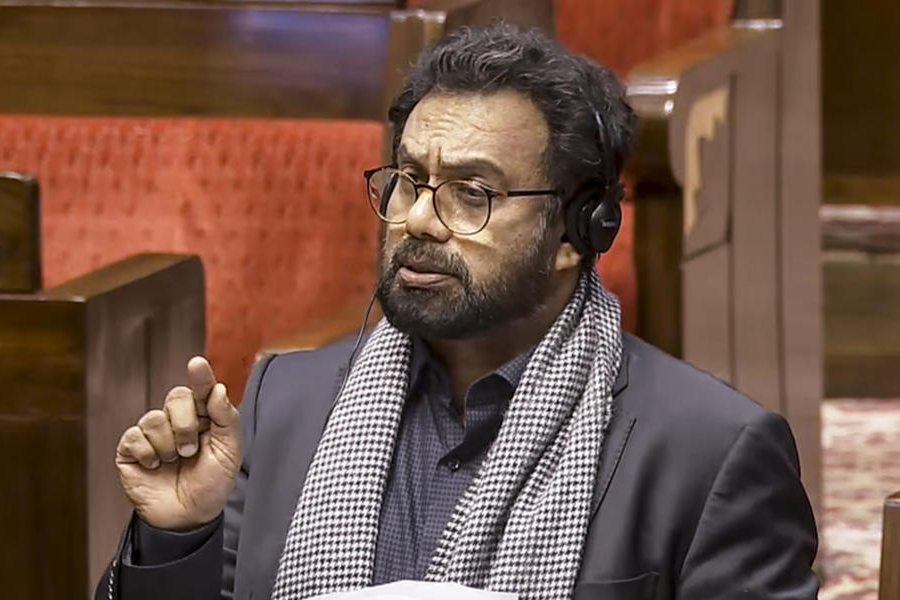When Israel announced its plan to invade Gaza City in early August, Hassan Shehada scrambled to find an apartment in towns south of the city.
For a week, Shehada, a 62-year-old textile factory owner, made calls to friends and colleagues in Deir al-Balah, Nuseirat and al-Zawayda, asking for help in securing a place for him and his family. Since the start of the war, he had been displaced six times, and each time he had managed to find an apartment to house his family. This time, however, his efforts failed.
“We’ve had enough, we’re not going anywhere,” Shehada said. “We’re so tired and we can’t take it anymore.”
The Israeli military said on Wednesday that it is moving ahead with its preparations to invade Gaza City, calling up an additional 60,000 reservists and announcing plans to extend the duty of 20,000 others. Troops will conduct a “gradual, precise and targeted” operation in and around the city, an Israeli military official said, requesting anonymity to comply with military protocol.
The offensive, the official said, is intended to prevent Hamas fighters from re-grouping and planning future attacks, and it would extend into parts of Gaza City that Israeli soldiers have not previously attacked or held during the war. In early phases of the war, Israeli soldiers have carried out operations in Gaza City, including at Al-Shifa Hospital, before withdrawing.
Israel’s plan to invade Gaza City, the most populous city in northern Gaza, has forced hundreds of thousands of residents like Shehada to consider uprooting themselves to the central and southern parts of the territory, away from the planned operation.
While some people in Gaza City have said they will abide by Israel’s evacuation orders, others have said they will remain at home, even if it means risking their lives.
The war in Gaza was ignited when Hamas led attacks on southern Israel on October 7, 2023, killing about 1,200 people and taking 251 hostage. Since then, more than 60,000 Palestinians have been killed in the enclave, according to the Gaza health ministry, which does not distinguish between civilians and combatants.
Eli Cohen, a minister in Israel’s cabinet, said the operation should transform Gaza City into a wasteland. “Gaza City itself should be exactly like Rafah, which we turned into a city of ruins,” he told Channel 14 on Saturday.
On Monday, Hamas agreed to a new proposal for a ceasefire with Israel, which would enable the exchange of Israeli hostages for Palestinian
prisoners.
The Israeli government, led by Prime Minister Benjamin Netanyahu, has not said whether it would accept the ceasefire proposal. Netanyahu has come under pressure from some far-Right members of his coalition to press ahead with military operations against Hamas. The Israeli official said the military was already operating in Zeitoun, a neighborhood in the southern part of Gaza City. Residents there say people were being ordered to evacuate.
Hamdi Sweisi, 38, a longtime resident of the neighbourhood, said he relocated last week to another part of the city with his wife and three children, and on Tuesday he learned that his family’s multistorey building in Zeitoun had been blown up. “The building was standing for 50 years,” he said. “Everything we owned was wiped out in a second.” Sweisi said he had no idea what his family would do if Israel invades.
New York Times News Service

